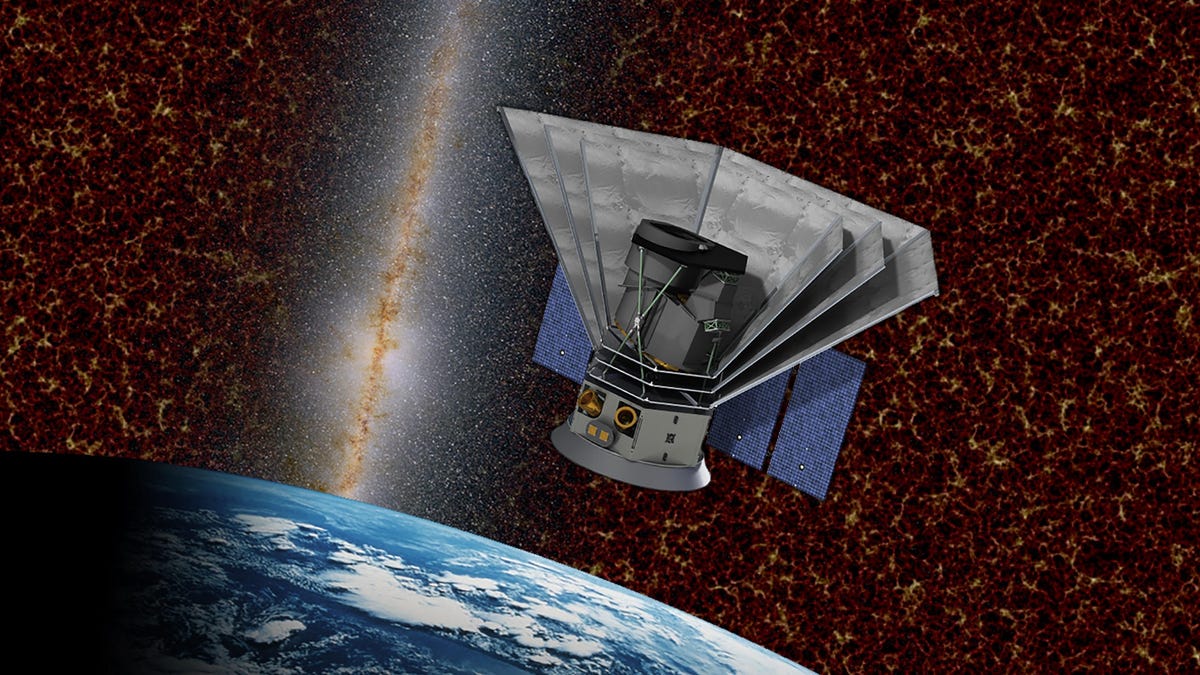NASA's next mission will look at 'fingerprints' of the early universe
The SPHEREx mission will look back through time and study hundreds of millions of galaxies over two years.

NASA has selected the next mission in space agency's Explorers Program and it's going to give us a glimpse of the ancient past.
The Spectro-Photometer for the History of the Universe, Epoch of Reionization and Ices Explorer (SPHEREx) mission will survey hundreds of millions of galaxies using both optical and near-infrared light. Its "eyes" will peer as far back as 10 billion years but also allow researchers to answer questions about the stars closer to home, across the Milky Way.
There, it will place a cosmic magnifying glass over our infant stars in our home galaxy, searching for the ingredients essential for life: water and organic molecules.
"This amazing mission will be a treasure trove of unique data for astronomers," said Thomas Zurbuchen, associate administrator for NASA's science mission directorate.
And SPHEREx will be able to create a stellar map of the sky in 96 different colour bands -- an unprecedented resolution -- providing future NASA missions, such as the James Webb Telescope, with new targets for further study. Every six months, it will survey the entire sky "using technologies adapted from Earth satellites and Mars spacecraft."
It is expected to launch in 2023 and will be helmed by James Bock of Caltech, collaborating with NASA's Jet Propulsion Laboratory, Ball Aerospace and the Korea Astronomy & Space Science Institute.
The mission was vying for Explorers Program funding against the Arcus satellite, a high-resolution X-ray observatory that would have studied galaxies and galaxy clusters, proposed by the Smithsonian Astrophysical Observatory. Over its 60-year history, the program has launched more than 90 missions.
The new mission announcement comes on the same day that NASA bid farewell to its Mars rover Opportunity, which was felled by a giant dust storm in June 2018. Hearts were heavy and eulogies were written, but SPHEREx's selection -- and potential for discovery -- will hopefully lift the spirits of stargazers across the world.
NASA turns 60: The space agency has taken humanity farther than anyone else, and it has plans to go further.
Taking It to Extremes: Mix insane situations -- erupting volcanoes, nuclear meltdowns, 30-foot waves -- with everyday tech. Here's what happens.

